Already a subscriber? Activate your premium account
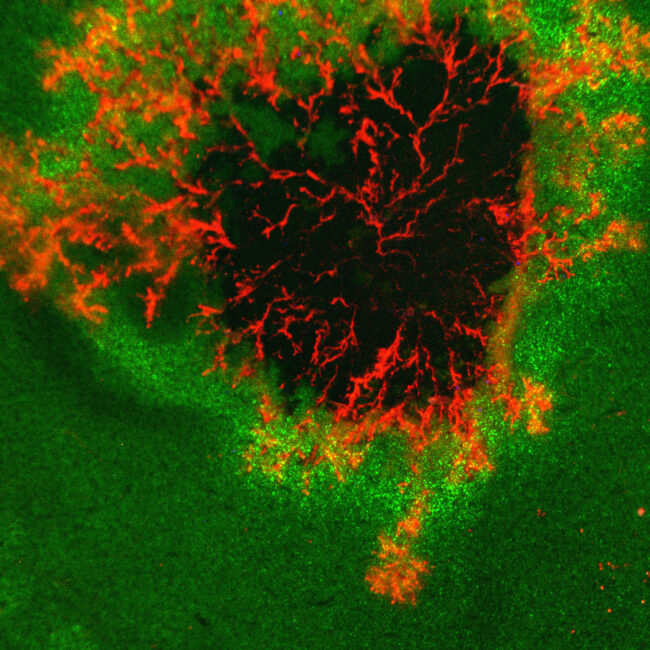
September 14, 2023 | News
Origin of novel broad resistance to late blight found in wild potato relatives
To understand the mechanisms of late blight resistance of potatoes better, researchers of Wageningen University & Research together with their colleagues in Tübingen and Norwich have taken an important step. Their research has been published in the renowned scientific journal Science.
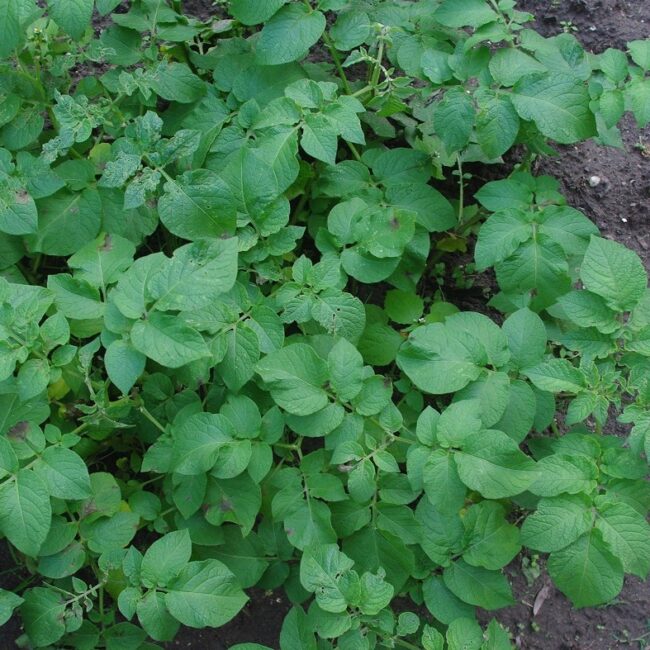
March 17, 2023 | News
Specialists present opportunities of late blight resistant biotech potatoes
On Tuesday March 21, 2023, Dr. Marc Ghislain and Dr. Eric Magembe of the International Potato Center (CIP) will be presenting the World Potato Congress (WPC) webinar on the deployment of late blight resistant biotech potatoes in Africa.

December 21, 2022 | Articles
Maintain Phytophthora resistance for future generations
Phytophthora is a difficult problem to deal with. Especially for organic farming where no synthetic crop protection products may be used, which is why Bionext has labeled a first generation of resistant varieties as ‘Robust’. This sounds promising, but there is still a great danger in this approach. The first generation of resistant varieties is…
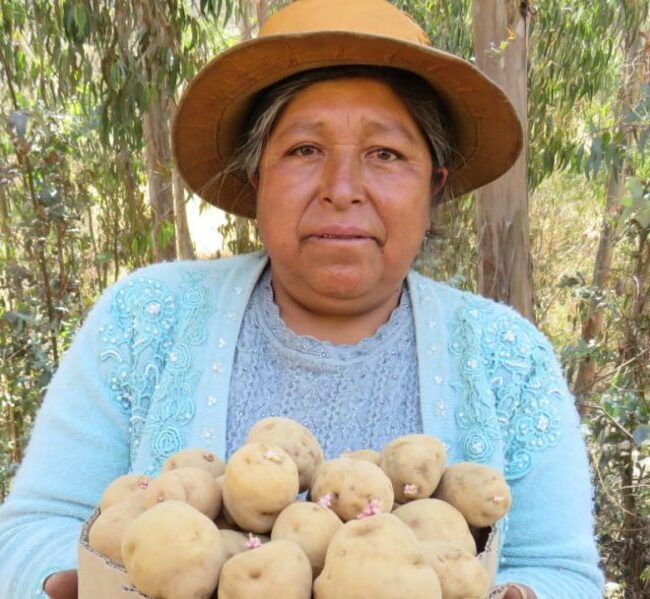
November 05, 2021 | News
CIP to release almost completely late blight resistant potato variety
As CIP prepares to release a potato variety with almost complete resistance to late blight, Peruvian farmers will soon have a new option for dealing with this devastating disease.
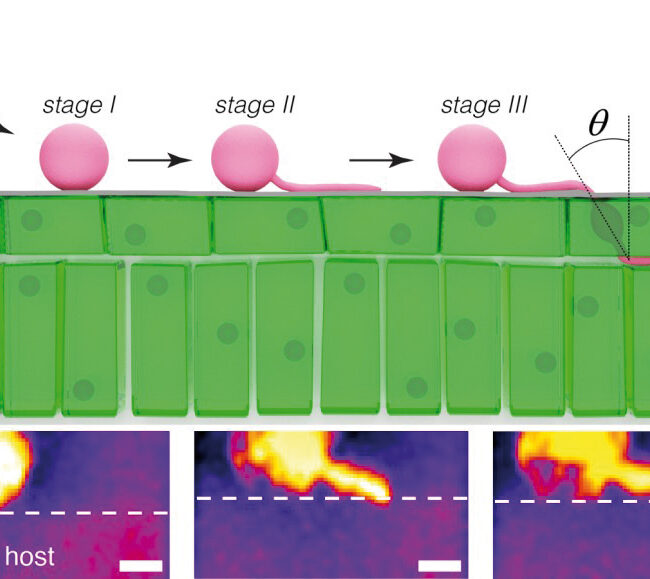
September 23, 2021 | Articles
Wageningen University scientists solve mystery: ‘This is how Phytophthora infestans invades plants’
In a unique collaboration, plant pathologists, cell biologists and physicists from Wageningen University & Research (WUR) have found the answer to the question of how the notorious Phytophthora infestans pathogen finds its way through the outer protective layer on the leaves of agricultural crops.
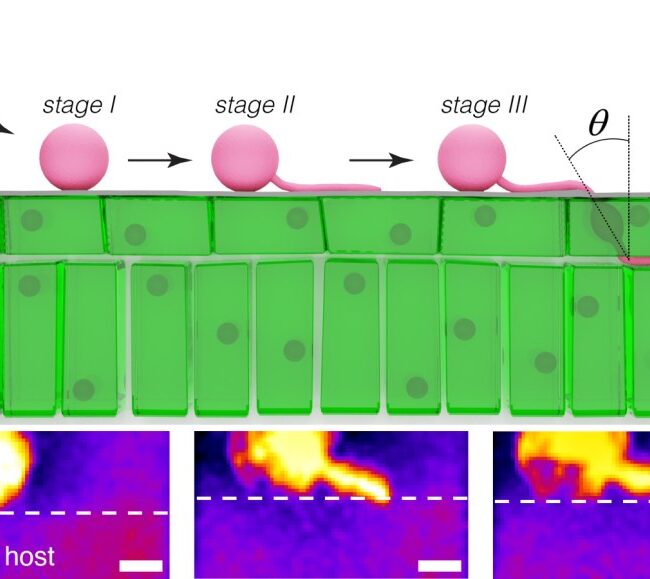
July 23, 2021 | News
Mystery solved: ‘This is how potato blight pathogen penetrates plant’
Research results by Wageningen scientists open up new avenues for protecting crops more effectively, efficiently and sustainably against Phytophthora infestans.
©2015 - 2024 Potatoworld | Webdesign and realisation COMMPRO